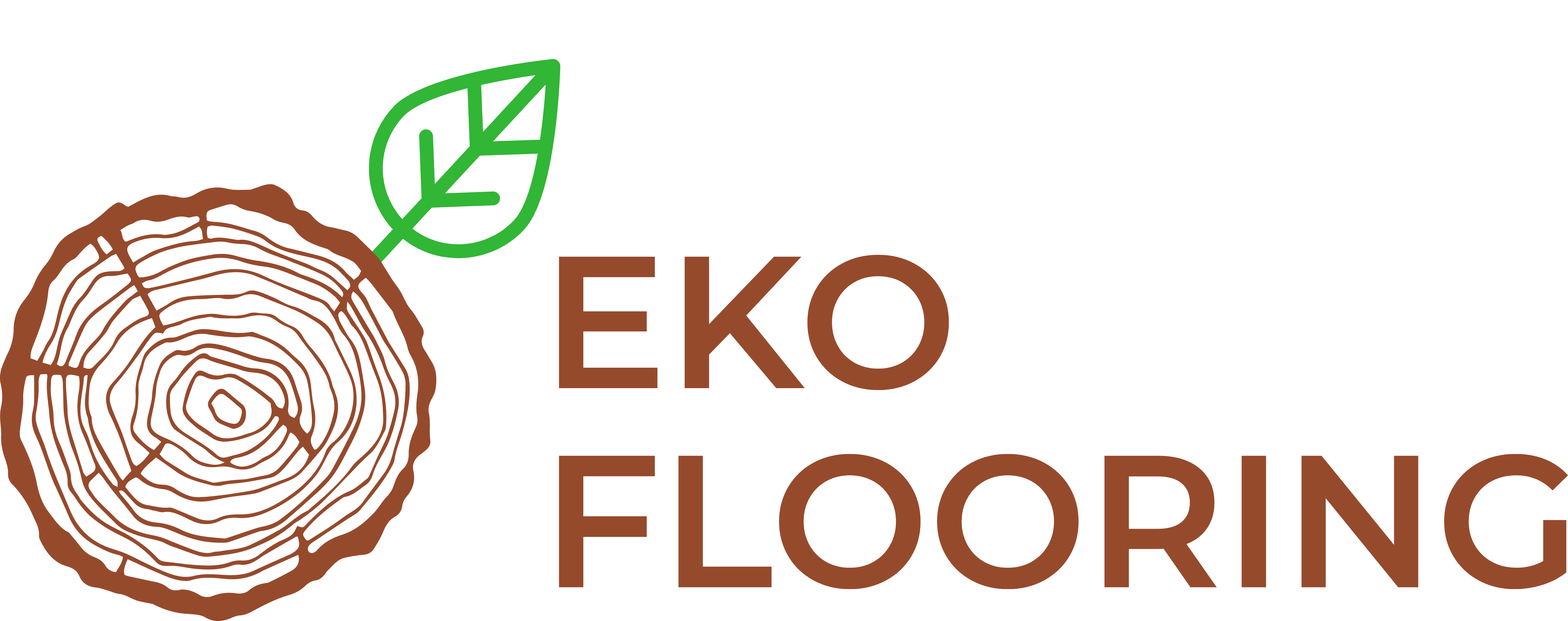Call or Text (818) 917-7736

Hardwood Flooring Refinishing in Los Angeles
Refinishing restores the real wood you already have. It removes scratches, sun fade, and worn finish, then rebuilds protection so the floor looks new again. In Los Angeles, this makes sense because many homes have quality oak or maple that has decades of life left. Refinishing lets you change color, adjust sheen, and repair damage while keeping trim, door heights, and stair geometry intact. It is usually faster and more cost effective than full replacement, and it avoids the added height that new flooring can introduce at transitions.

Site Assessment and Planning
A strong refinishing project starts with a careful inspection. Your contractor will confirm species, thickness, and previous finish type, then look for loose boards, pet stains, deep dents, water damage, and cupping. They will review sun exposure, HVAC conditions, and project sequencing to avoid conflicts with painting or tile work. If you want a color change, samples are made on your actual wood, in your light, so you can judge tone and grain. The plan covers where to start, how to stage furniture and appliances, how to protect adjacent rooms, and how to manage access during dry times.
Repairs, Patching, and Board Replacement
Small gaps, face nails, and squeaks can be addressed before sanding. Impact damage is filled with compatible fillers or replaced with lace-in boards that match species and grade. For areas with past water damage, boards are removed, the subfloor is inspected, and new material is woven in so the repair disappears after sanding and finish. On stairs, loose treads and nosings are secured, and any inconsistent overhangs or riser heights are corrected within code tolerances to improve safety and comfort.
Sanding and Dust Control
Professional sanding levels the floor, erases the old finish, and prepares a clean surface for stain and sealer. A typical sequence uses coarse, medium, and fine grits, then detail work along edges, corners, and under radiators or toe kicks. Modern dust containment systems capture the majority of airborne dust at the source. Vents, cabinets, and adjacent rooms are masked to keep the house clean. Proper sanding is slow and even, which prevents dish-out in soft grain and keeps edges flush with field boards for a uniform appearance.
Color Choices, Stains, and Sheen
Los Angeles homes often favor natural or light neutral tones that reduce the look of dust and brighten rooms with strong sun. If you want a deeper color, water-based stains create crisp grain definition with a fast recoat time. Oil-based stains enrich tone and can add warmth. Before you commit, samples are made in place and viewed in morning and afternoon light. Sheen sets the mood and maintenance pattern. Matte and satin minimize reflections and hide micro-scratches. Semi-gloss highlights grain but shows wear more readily in bright rooms.
Finish Systems and Durability
Finish protects the wood from abrasion and spills. Two common systems are commercial-grade waterborne urethane and hardwax oil. Waterborne urethane provides a clear, non-yellowing coat with quick dry times and low odor. It is a strong choice for active homes, rentals, and sunlit rooms. Hardwax oil penetrates the wood and leaves a natural feel with easy spot repair. It suits clients who prefer a hand-rubbed look and are comfortable with periodic maintenance coats. Both systems can be paired with sealer layers that block tannin pull, reduce side-bonding, and enhance color consistency.
Timeline, Access, and Dry Times
Most projects involve one day of repairs and prep, one to two days of sanding, and one to two days for stain and finish, depending on size and product choice. Light foot traffic is often possible the next day with waterborne systems, with furniture moving in after the full cure period recommended by the manufacturer. Rugs should wait longer to avoid imprinting. Kitchens require coordination for appliance lifts and reconnection. Clear communication on when you can walk, replace furniture, and return pets to the space prevents marks and ensures a smooth finish.
Special Conditions in LA Homes
Sunlight, coastal humidity, and Santa Ana winds affect results. Window film and UV sheers cut fading. Keeping indoor humidity between 35 and 55 percent reduces gaps in dry spells and edge lift near the beach. If you have radiant heat, finish selection and cure times are adjusted and temperature ramps are gradual. For condos, building rules on work hours, elevator access, and ventilation are reviewed in advance. For historic homes, care is taken to preserve original thresholds, vents, and trims while bringing the floors back to life.
Care After Refinishing
Daily care is simple. Sweep or vacuum with a soft head to remove grit. Clean with a hardwood-safe cleaner recommended for your finish system. Avoid steam and harsh chemicals. Add felt pads to furniture, place mats at entries, and lift rather than drag heavy pieces. For waterborne urethane, a professional screen and recoat every few years refreshes protection without a full sanding. For hardwax oil, periodic maintenance oil restores luster and protection in high-traffic areas. With this routine, a quality refinishing can last many years before another deep sand is needed.
Working With EKO Flooring
We refinish solid and engineered hardwood throughout Los Angeles. Our team handles repairs, dust-controlled sanding, in-home color sampling, and finish systems matched to your lifestyle. You get a clear scope, a realistic schedule, and a clean jobsite. Visit our Culver City showroom to review samples in natural light. We serve Los Angeles, Culver City, Santa Monica, West Hollywood, Brentwood, Pacific Palisades, Marina del Rey, Beverly Hills, and nearby areas.

